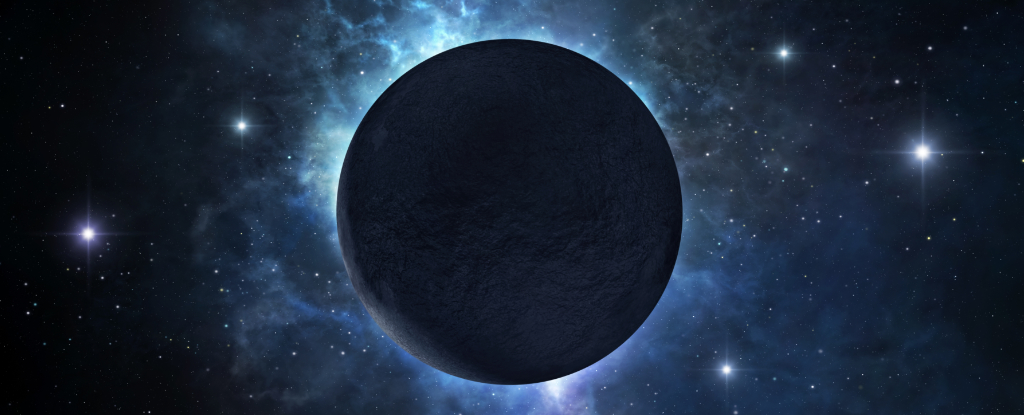NASA's James Webb Space Telescope Reveals 'Sand Clouds' in Exoplanet Atmospheres

NASA's James Webb Space Telescope (JWST) has made a groundbreaking discovery that is set to alter our understanding of planetary formation and evolution. This innovative telescope has identified significant quantities of silicates, often referred to as 'sand clouds', in the atmospheres of two gas giants located in a distant planetary system known as YSES-1. This remarkable system, which lies approximately 300 light-years from Earth, is home to the gas giants YSES-1 b and YSES-1 c, both of which are enveloped in atmospheres containing these coarse silica particles.
The findings were published on June 10 in the esteemed journal Nature, and were prominently featured during the 246th American Astronomical Society meeting held in Anchorage, Alaska. Scientists are particularly excited by this discovery, as the YSES-1 system is only about 16.7 million years old, making it a very young system in cosmic terms. This youthfulness presents an unprecedented opportunity for researchers to observe the processes of planet formation and evolution in real time.
According to the study, the silicate clouds consist of mineral grains like pyroxene and forsterite, which are typically found in rocky planets and meteorites. The identification of these atmospheric sand clouds is significant; they are not merely a curiosity but offer vital insights into the chemical makeup and atmospheric conditions of distant worlds. Valentina D'Orazi, a scientist from Italy's National Institute for Astrophysics (INAF), explains that these silicates undergo cycles of sublimation and condensation, similar to the water cycle on Earth. This dynamic process contributes to the stability of the sand clouds, suggesting that complex atmospheric transport and formation mechanisms are at play.
Among the two gas giants in the YSES-1 system, YSES-1 b is still in the throes of development and has the potential to become an analog to our own Jupiter. It is surrounded by a circumplanetary disk—a flattened cloud of material typical around young planets—which serves as a reservoir of the building blocks that will shape its atmosphere. The presence of silicates in this disk is crucial for the planet's growth.
In contrast, YSES-1 c is already a colossal body, boasting a mass approximately 14 times that of Jupiter. Its atmosphere exhibits a reddish hue due to the suspended silica particles, which occasionally precipitate in the form of sandy rain towards the planet's core. This remarkable discovery marks the first direct observation of silicates not only within an exoplanet's atmosphere but also in a circumplanetary disk, underscoring the historic nature of this research.
The JWST's ability to capture these fine details is attributed to the extended orbits of the planets around their parent star, which are located at distances ranging from five to ten times that of the distance between the Sun and Neptune. This significant separation allows astronomers to study the planets without being overwhelmed by the bright light emitted by the star.
Utilizing its advanced infrared technology, JWST collected high-resolution spectral data that, upon analysis, confirmed the presence of silicate particles and outlined their composition. While such direct observations are currently limited to a select few exoplanets, this discovery illustrates the JWST's exceptional capacity to examine the atmospheres and environments of distant worlds.
One of the most fascinating implications of this discovery is its potential to enhance our understanding of the early history of our solar system. By studying young exoplanets like YSES-1 b and c, astronomers can glean insights into how gas giants such as Jupiter and Saturn may have formed and evolved. D'Orazi elaborates, "Examining these planets is like peeking into the history of our own planetary backyard. It confirms that young exoplanet atmospheres and the disks around them are key drivers of their final atmospheric composition." Additionally, the researchers emphasized the necessity for detailed atmospheric models to interpret the exceptional data provided by JWST, reaffirming the telescope's vital role in advancing the fields of planetary science and exoplanet research.



























